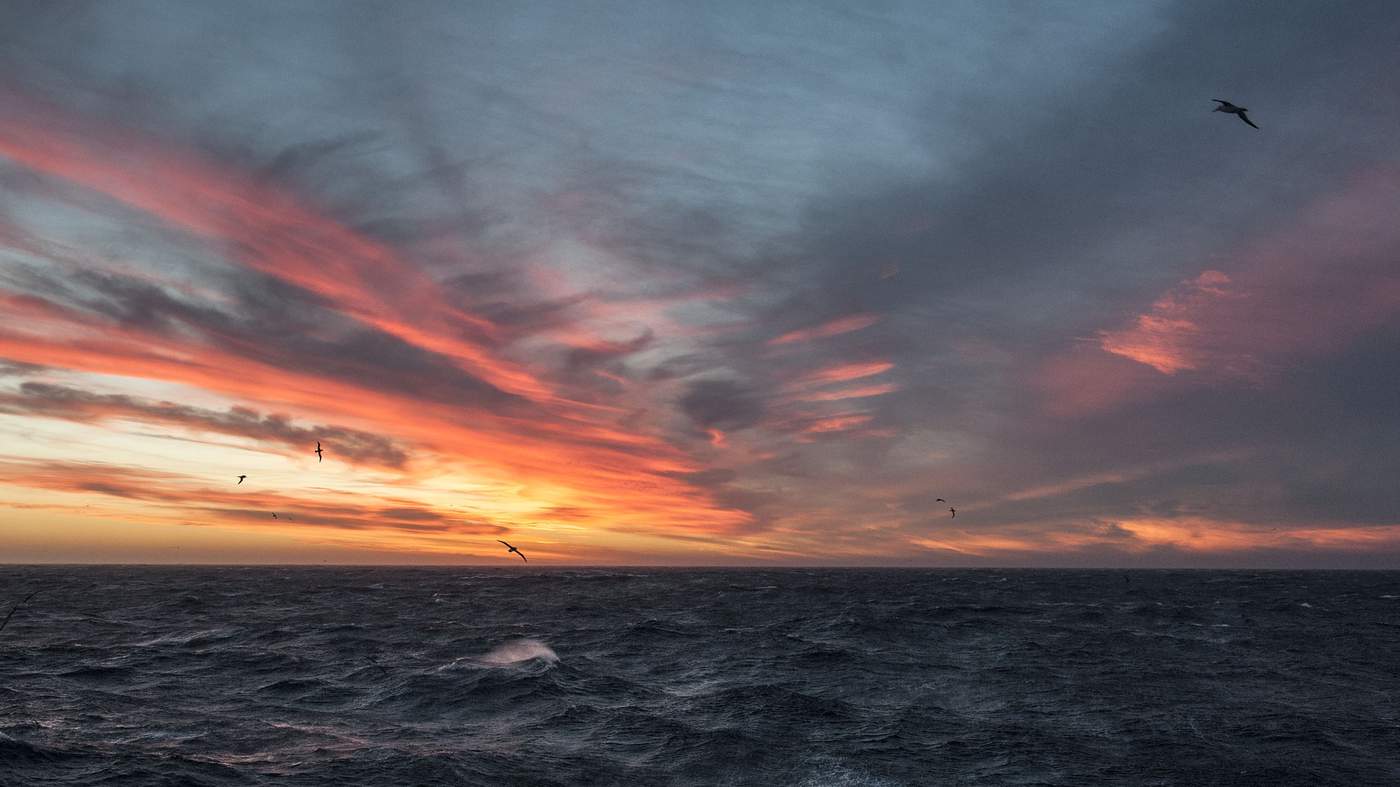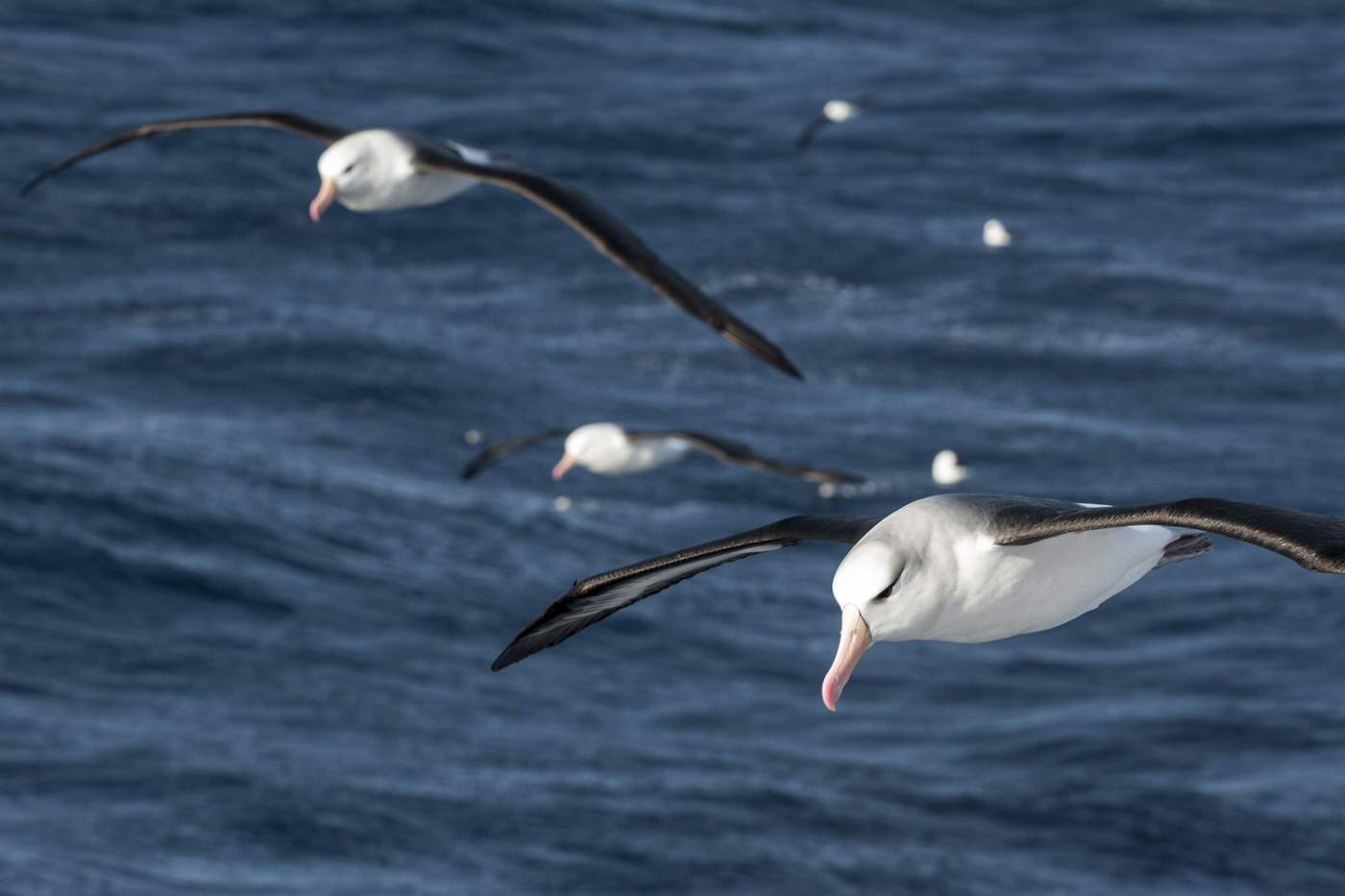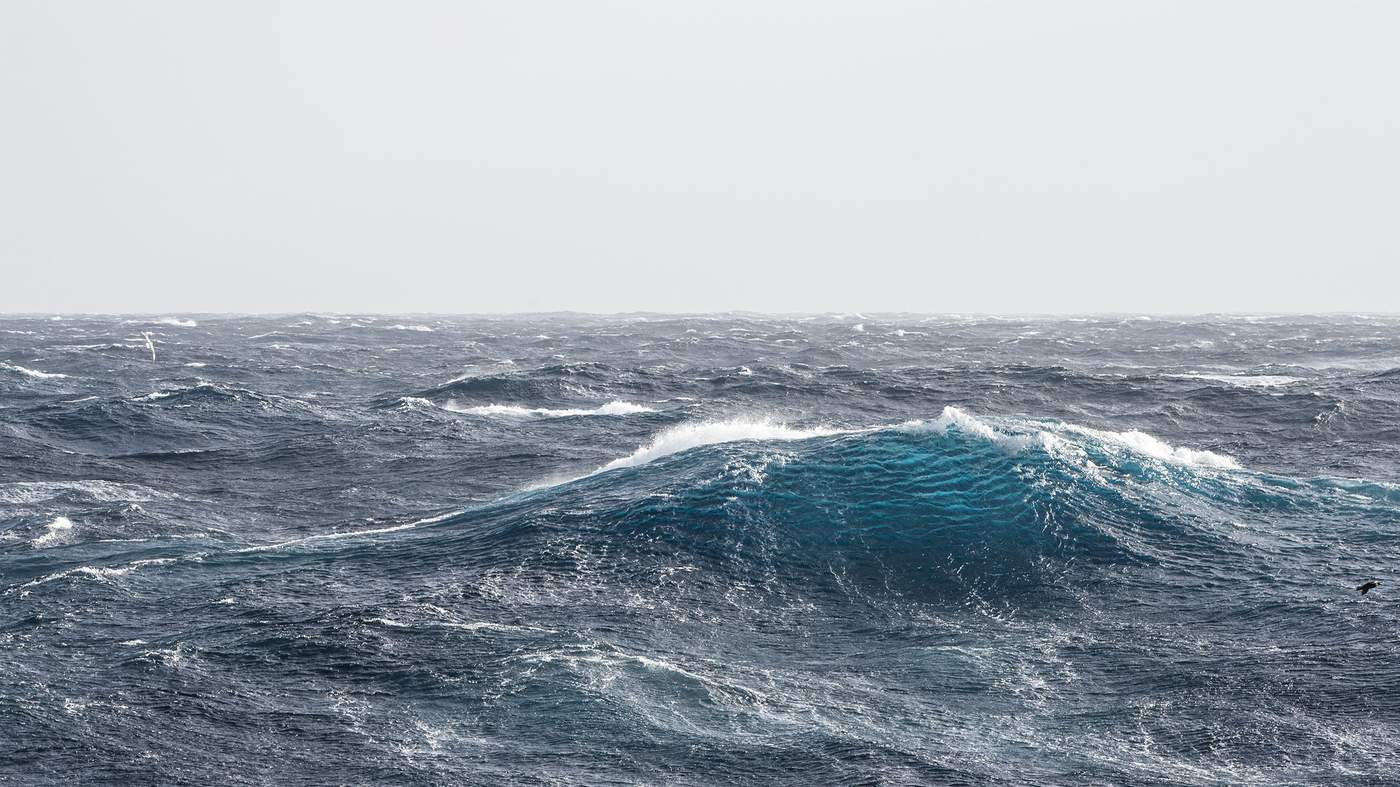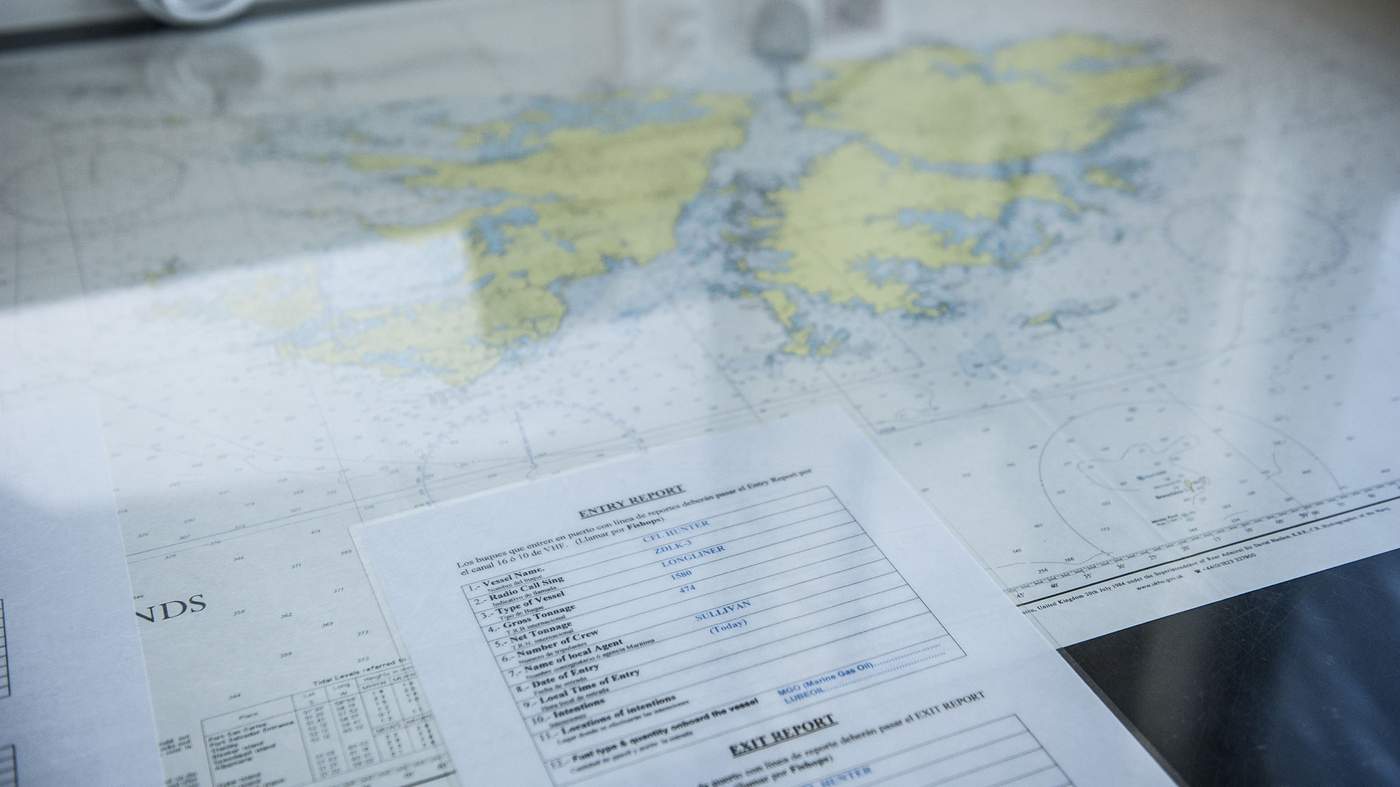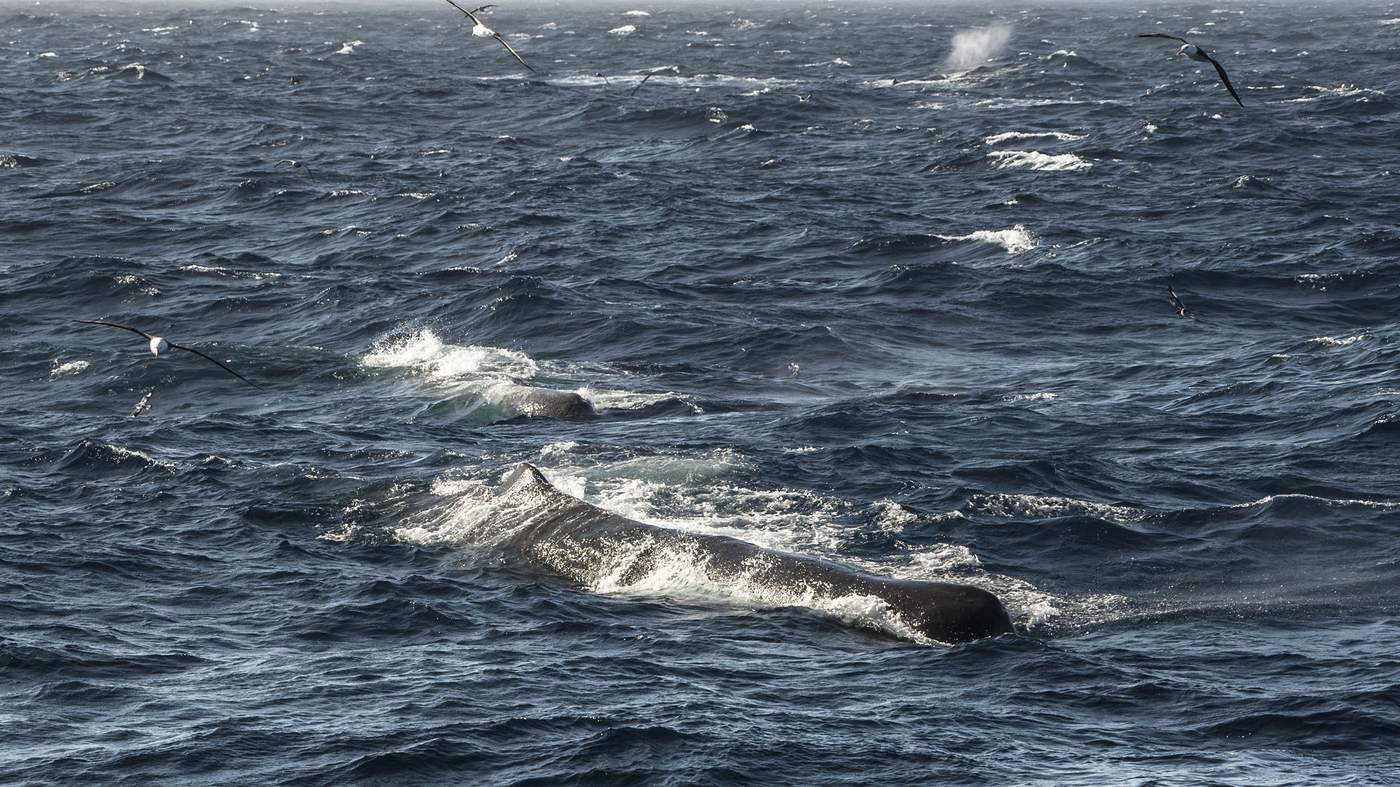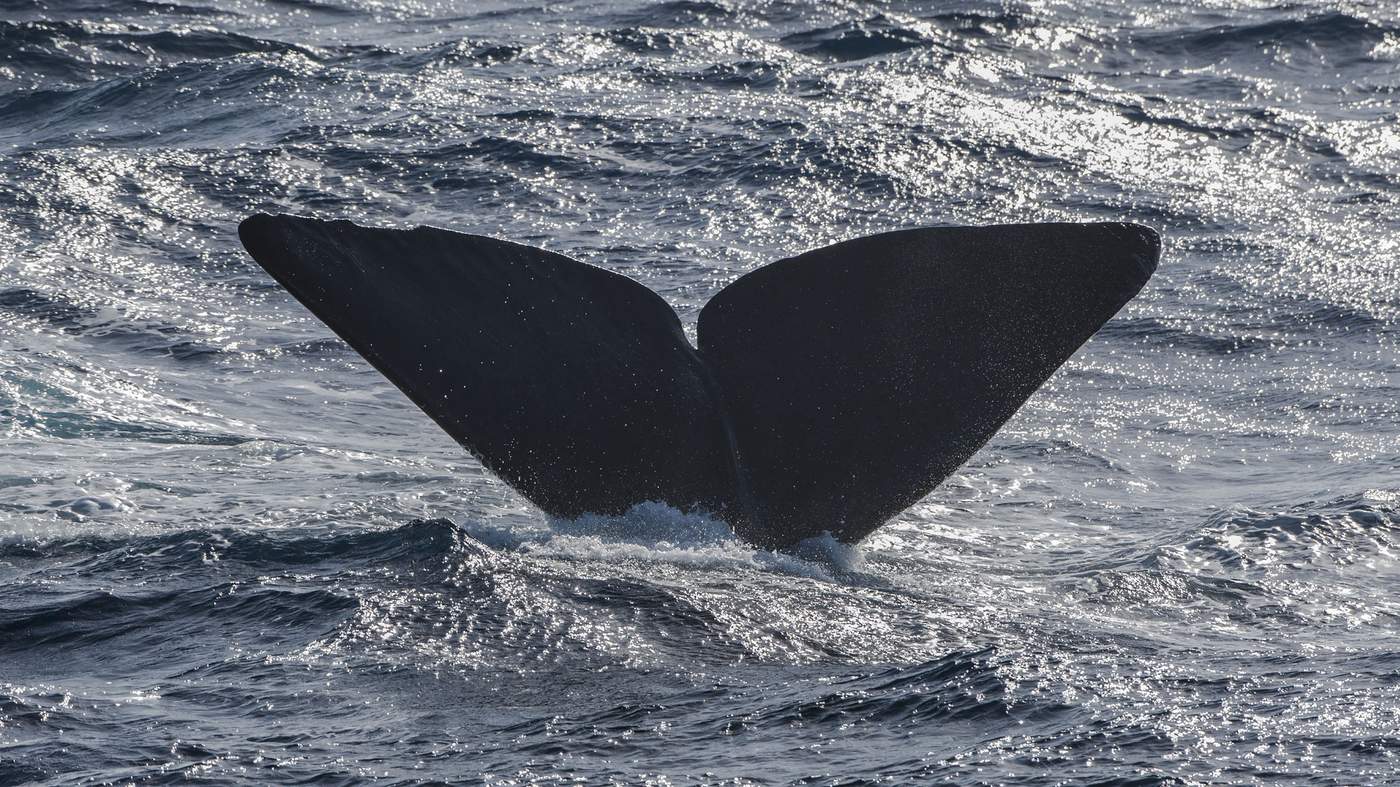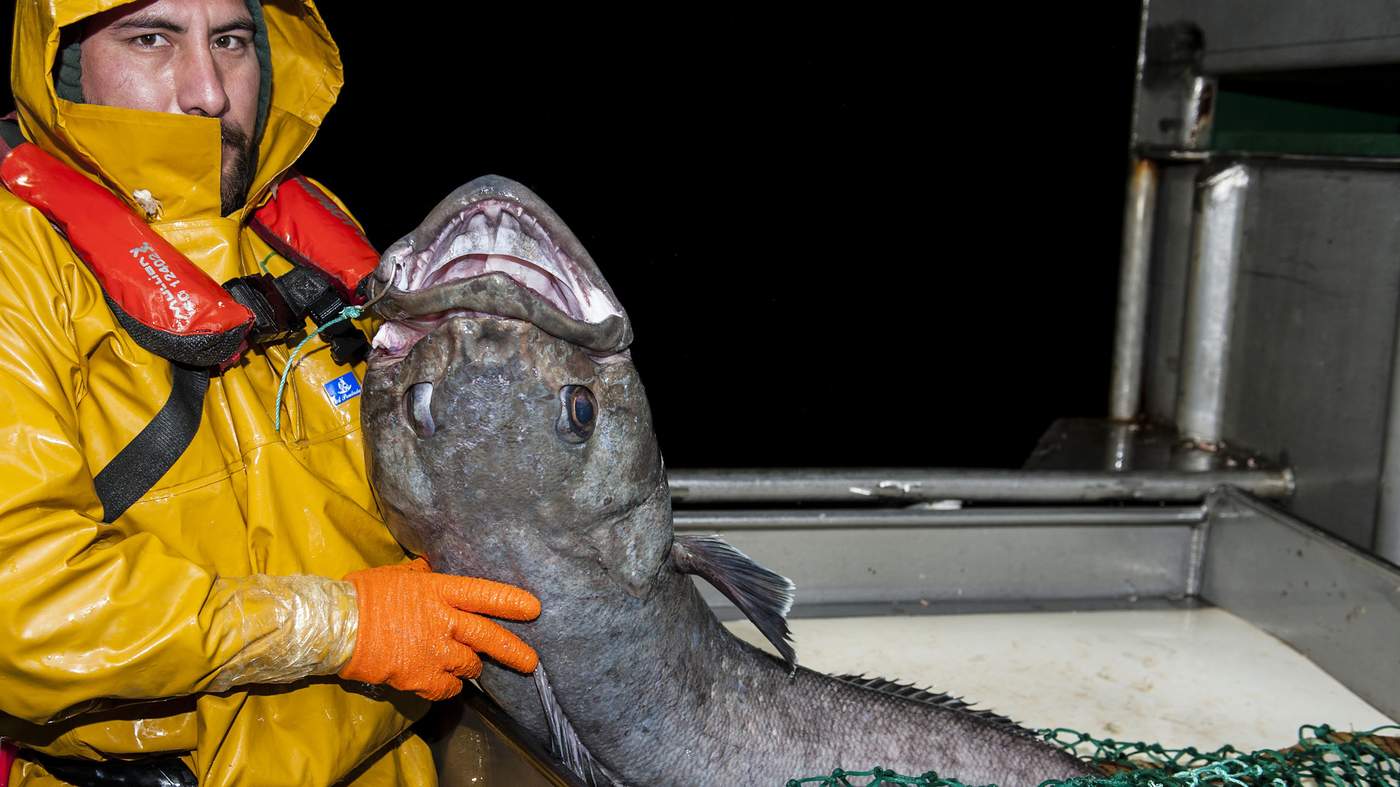What do you love about your job?
Documentary photography allows me to experience other lives and livelihoods that I otherwise wouldn't see. Living in Plymouth, a coastal town where life revolves around the harbour, fishing naturally became my niche.
It’s a strange life, the life of a fisherman. There are two parallel worlds. Life on land that people see, and life aboard a boat: a life that involves tough conditions and hard graft. They’re normal people, fishers, yet they’re also quite superhero-like. There’s no wincing or whining, they just carry on doing it. Being able to document that is quite humbling. I get to capture it all going on and I hope that my photography gives others an insight into this under-reported industry.
What were the Falkland Islands like?
It was dark and murky when we landed. The jagged peaks were largely obscured by thick cloud, giving the whole place something of a desolate and prehistoric vibe. I didn't have a lot of time to take it all in before I was whisked off to the CFL Hunter, my home for the next three weeks.
I’m someone who’s used to photographing 24 metre boats in the English Channel, so the 60-metre-long Hunter came as a bit of a shock. It houses a crew of 40 and can process and freeze toothfish within minutes of catching them. This means it can stay at sea for 5-6 weeks at a time. The sheer size of the boat and the scale of the operation were something else.
"I was a bit worried because I only speak English and the primary language onboard was Spanish. But as they say, once you are out at sea you are out at sea. I was made to feel immediately welcome, with beaming smiles and 'holas' all around every time I entered a room."
Despite my initial hesitations, I quickly adapted to life aboard the CFL Hunter. I would wake up, take photographs, meet people for lunch, then write and edit and take more photographs later in the afternoon. I never thought ‘I can’t wait to go home!’. There was no clock watching. It was a simple life. There were always new people to meet, new parts of the boat to see, new views, new wildlife, new weather. I could happily have stayed on for another month.
How was life at sea?
I quickly discovered there was nothing calm about the Southern Atlantic. Back home, I'd been out on boats where the sea conditions were like rippled glass, smooth enough to even skate on. Out here there was always movement. Waves as big as houses were very much the norm.
Five days in, the officers told me the forecast was severe for the next four days. It was quite unheard of for bad weather to last so long, they said. During this time, fishing was completely cancelled which was bad news so early on in the trip.
"There were a few hairy moments...like when the coffee machine came off the wall and hurtled across the room like a missile. But oddly for me, I wasn’t sick at all this trip!"
Thankfully, the bad weather didn't last, and fishing soon began in earnest. I found myself captivated by the wildlife drawn to our vessel. Birds in their hundreds circled, some far larger than what I was used to back home, each waiting to get first dibs on the catch.
Tell us about toothfish
The CFL Hunter's main catch is Patagonian toothfish. It's also known as Chilean sea bass. I was struck by how snake-like they are. They have python-like heads and huge jaws concealing rows of sharp teeth that look like they could do some serious damage.
They're also big. A couple of toothfish the crew pulled in were the same size as me. They can grow even larger than that, and live for up to 50 years.
Until the 1970s, the only predators they would need to worry about were sperm whales, elephant seals and the occasional colossal squid.
Then we decided that they were tasty and caught a few too many of them. Right up until a decade ago, Patagonian toothfish were seriously under threat, due to illegal, unregulated and unreported fishing.
But that isn't the case any more, thankfully. Toothfish are once again thriving in these waters and are back on the menu for diners in search of a delicious and sustainably-caught fish.
The combined efforts of governments, charities and Southern Atlantic fisheries stakeholders like those who own the CFL Hunter have all but eliminated the pirate vessels. These efforts have been rewarded with MSC certification, recognising that much of the world’s toothfish is now a sustainable choice.

